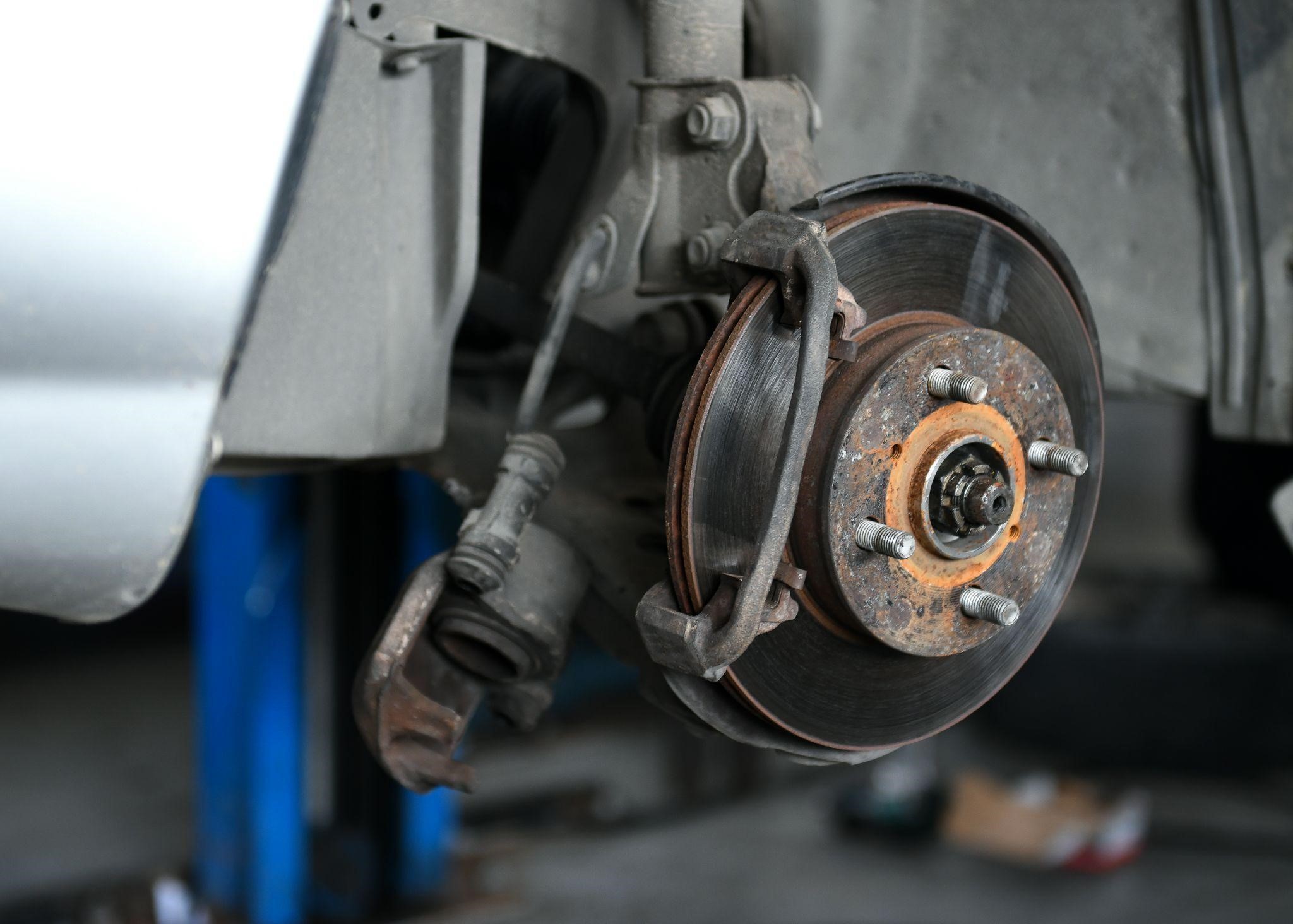Understanding your car's braking system

If there is one thing to thank for keeping you safe every time you are on the road, it’s your car’s brakes. It’s the system that keeps you from hitting another vehicle, or worse, a pedestrian. It keeps your drive smooth around corners and helps you match the drive-thru window just right. Have you ever wondered how brakes work?
How do brakes work?
When something is in motion, it stays in motion unless a force acts on it. Friction is the force that stops the wheels from moving when you step on the brake pedal.
Most cars have a hydraulic braking system. When you step on the brake pedal, the piston inside the master cylinder depresses. This action forces fluid along the pipes to the slave cylinders attached to each wheel. Each wheel has its own brake.
The two most common types of brakes are disc brakes and drum brakes. They both perform the same function of stopping wheel motion, however, they differ in design and how they operate.
Disc brakes and drum brakes
A disc brake is a disc that is attached to the wheel and turns with it. Clamped on it is a caliper where pistons that receive pressure from the master cylinder are attached. When you step on the pedal, the pistons press the friction pads on either side of the disc, stopping the motion.
With drum brakes, the master cylinder sends fluid into the wheel cylinder located inside the brake drum. Inside the cylinder, the pistons will expand and press the brake shoe to the inner surface of the brake drum. The friction from this will stop the wheel's motion.
Disc brakes are more durable and have a stronger stopping power than drum brakes. And since the sudden stopping of cars puts immense pressure on the front wheels, disc brakes are often used for the font.
In the US, a car can have disc brakes on all four wheels, but never drum brakes on the front wheels. Drum brakes are only used on rear wheels.
Hand brake
The hand brake uses a mechanical system where, when engaged, cables attached to the brakes are pulled by small levers. A ratchet in the handbrake lever keeps these cables pulled, acting on the rear wheels (most times).
Your car’s mechanical hand brake has minimal braking power, usually just meant for parking purposes. The limited braking power is the reason why you can still accelerate even when you forget to disengage the hand brake.
Common signs your braking system has a problem
1. When you need to step hard on the pedal to stop the car.
2. When your steering wheel vibrates when you step on the brake.
3. When your car pulls to one side when you apply brakes.
4. When your brake light on the dashboard is on.
Objects that move and get friction are prone to wear. Look out for signs that your brake parts may need attention. Brake malfunction while driving is one of the most dangerous things that could happen.